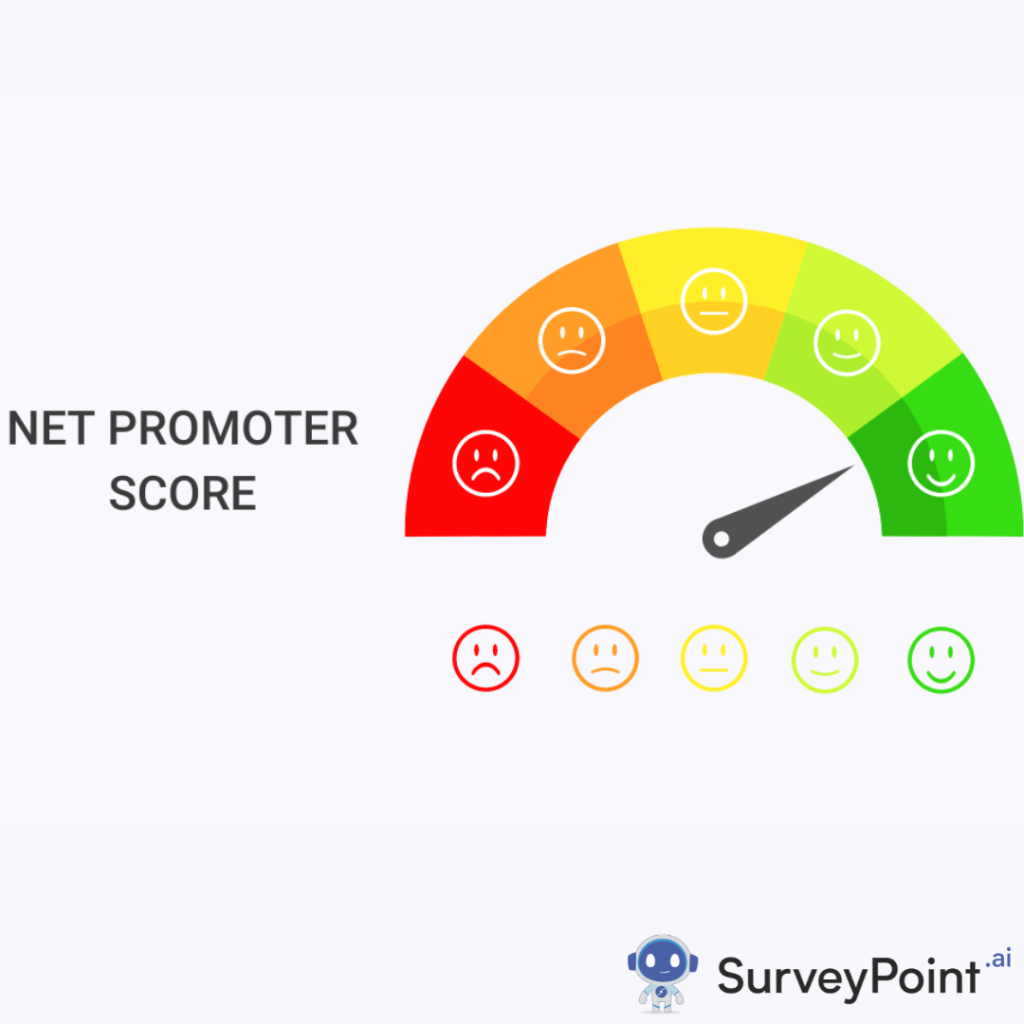
In the dynamic realm of business, feedback is the North Star guiding us toward growth and improvement. Yet, for many entrepreneurs and professionals, soliciting feedback from clients can feel like navigating a labyrinth without a map. Why is it that despite our best efforts, clients often remain silent when it comes to providing feedback? In this extensive guide, we delve into the intricacies of client feedback, exploring the underlying reasons for its scarcity and offering actionable strategies to foster a culture of open communication. So, buckle up as we embark on a journey to master the art of asking clients for feedback.
Why Don’t My Clients Give Me Feedback?
Before diving into the techniques of soliciting feedback, it’s crucial to understand why clients might be reticent in providing it. Clients may refrain from giving feedback due to various reasons:
- Fear of Offending: Clients may fear that their feedback could be perceived as negative or critical, potentially damaging the relationship.
- Lack of Time: In the fast-paced business world, clients often prioritize urgent tasks over providing feedback.
- Unclear Expectations: Clients might not be sure about what type of feedback is expected from them or how to articulate it effectively.
- Perceived Futility: Some clients may doubt whether their feedback will be valued or acted upon, leading to reluctance in providing it.
Understanding these barriers is the first step toward overcoming them and fostering a feedback-friendly environment.
The Best Way to Ask for Feedback from Clients
- Determine Why You Are Asking Clients for Feedback:
Before reaching out to clients for feedback, clarify your objectives. Are you seeking feedback to improve your products or services, enhance customer satisfaction, or identify areas for innovation? Understanding your goals will shape the type of feedback you solicit and how you utilize it. - Create an Open Dialogue with Your Client to Ask for Feedback:
Cultivate an atmosphere of trust and transparency with your clients. Establishing open communication channels from the outset encourages clients to feel comfortable sharing their thoughts and concerns. Regular check-ins and informal conversations can pave the way for more structured feedback sessions. - Ask Your Client the Right Feedback Questions:
Crafting well-thought-out questions is key to eliciting meaningful feedback. Avoid vague inquiries and instead ask specific questions tailored to your objectives. Focus on areas such as product functionality, user experience, customer service, and overall satisfaction. For instance, instead of asking, “How do you like our product?” consider asking, “What specific features do you find most valuable, and are there any areas for improvement?” - Create a Survey to Ask for Client Feedback:
Surveys offer a convenient and structured way to collect feedback from clients. Design your survey with clarity and brevity in mind, ensuring that questions are easy to understand and answer. Utilize a mix of multiple-choice, rating scales, and open-ended questions to gather diverse insights. Be mindful of the timing and frequency of surveys to avoid survey fatigue and ensure a high response rate. - Send a Personal “Thank You” and Follow Up with Your Client:
Expressing gratitude for the time and effort clients invest in providing feedback reinforces the value you place on their input. Whether through a personalized email, handwritten note, or a small token of appreciation, acknowledge the client’s contribution and assure them that their feedback is instrumental in driving positive change. Additionally, follow up on any action steps or insights derived from the feedback to demonstrate your commitment to continuous improvement.
Importance of Client Feedback
Driving Improvement and Innovation:
- Client feedback provides invaluable insights into areas where products or services can be improved.
- It helps businesses identify pain points, address customer concerns, and innovate to meet evolving needs.
- Through continuous feedback loops, businesses can refine their offerings and stay ahead of competitors.
Enhancing Customer Satisfaction:
- Client feedback allows businesses to gauge customer satisfaction levels and identify areas for enhancement.
- By addressing customer feedback promptly and effectively, businesses can enhance the overall customer experience and build lasting relationships.
- Satisfied customers are more likely to become loyal advocates and repeat customers, driving long-term success.
Informing Strategic Decision-Making:
- Client feedback serves as a crucial data source for strategic decision-making.
- By analyzing feedback trends and patterns, businesses can make informed decisions about product development, marketing strategies, and resource allocation.
- Feedback-driven decisions are more aligned with customer needs and preferences, increasing the likelihood of success.
Building Trust and Credibility:
- Actively soliciting and acting upon client feedback demonstrates a commitment to customer satisfaction and continuous improvement.
- Transparent feedback processes foster trust and credibility, enhancing the reputation of the business in the eyes of clients and prospects.
- Trustworthy businesses are more likely to attract and retain loyal customers, driving sustainable growth.
Identifying Opportunities for Growth:
- Client feedback often uncovers untapped opportunities and unmet needs within the market.
- By listening to client feedback, businesses can identify emerging trends, customer preferences, and potential areas for expansion.
- Proactively seizing opportunities identified through feedback can fuel business growth and diversification.
Fostering a Customer-Centric Culture:
- Emphasizing client feedback fosters a customer-centric culture within the organization.
- When employees are encouraged to prioritize customer feedback and act upon it, they become more empathetic and responsive to customer needs.
- A customer-centric culture drives employee engagement, innovation, and ultimately, business success.
How to Ask for Client Feedback – FAQs
Q: How often should I ask clients for feedback?
A: The frequency of soliciting feedback depends on various factors such as the nature of your business, the frequency of client interactions, and the pace of product or service updates. Aim for a balance between regular feedback requests and respecting clients’ time and bandwidth.
Q: What if clients provide negative feedback?
A: Negative feedback is an opportunity for growth and improvement. Embrace it as constructive criticism and view it as valuable insights into areas that require attention. Respond to negative feedback with empathy, gratitude, and a proactive approach to address the underlying issues.
Q: How can I ensure confidentiality and anonymity in client feedback?
A: Assure clients of the confidentiality and anonymity of their feedback to encourage honest and candid responses. Utilize anonymous survey platforms or offer the option for clients to provide feedback anonymously if they prefer.
Conclusion
In the dynamic landscape of business, client feedback serves as a compass guiding us toward success. By understanding the barriers to feedback, creating open channels of communication, asking the right questions, leveraging surveys effectively, and expressing gratitude, we can cultivate a culture of feedback that fuels continuous improvement and fosters strong client relationships. Remember, the journey to mastering the art of asking for client feedback is not a destination but an ongoing pursuit of excellence. So, seize every opportunity to listen, learn, and grow, for therein lies the path to success.




